By Srinivas G. Roopi
Courtesy: Economic Times
Digitization is done through high end pixel level scanning of documented photographs of the artwork on Ajanta caves, all of which will be stored in Arctic World Archive being developed in Svalbard island in the north of Norway.
Technology is everywhere now. It’s no longer a separate entity by itself, but a part and parcel of everything of daily life – from governance to politics to agriculture, welfare, culture and even history.
Yes. Technology intervention now brings life to history, history as ancient as 2nd century BC, to help the modern society understand its cultural roots in a clearer and better way and refine itself to its fullest potential.
Mumbai-headquartered MNC Sapio Analytics, a database management company, with its operations in the UK, and Silicon Valley, is digitizing, restoring and preserving one of the greatest arts in the history of humankind. “The vision is to recreate our ancient culture in its original glory, for our future generations to explore for posterity, effectively raising human consciousness across the world through the power of culture and heritage,” says Hardik Somani, COO of the company.
Sapio focuses on creating high end data based algorithms powered by AI to become the first purely artificially intelligent policy making system in India and even the world. The company is on its path to become the go-to product for any government body to take decisions – the go-to product that all stakeholders – government representatives, citizens, data experts — would want the government to use before taking decisions, Somani said.
Application of Artificial Intelligence & Deep Learning technology
Explaining the process of restoration of the ancient artwork, Somani said, “It’s a combination of manual digital restoration and artificially intelligent trained restoration. We apply deep learning with trained data sets derived out of manual work to improve and speed up the process of restoration. Deep Learning training is done on manually restored and original digitized art, along with comprehensive multi-layered labels provided by experts for each style of painting.”
To rope in the best brains in the field to work on the project, the company had conducted a 15-day Tech4Heritage hackathon, where a group of deep learning fans from IIT Roorkee won the highest prize.
Utilizing a dataset of reference work to develop their AI mannequin, the group named ‘Ancient AI’ was ready to give restorative outcomes with the assistance of deep learning techniques for the damaged murals of the Ajanta caves.
The art work of digital restoration
Digital restoration doesn’t tamper with the unique work of the original artwork. The pictures are labored on to present a concept of the glory of the unique artwork. Under the steerage of an artwork historian, digital restoration may be correct and efficient.
Adequate knowledge of damaged work and their corresponding restored work to higher utilize digital know-how is required to restore the masterpiece. We restore the damaged areas of the work by repairing these areas by altering the pixels of the damaged elements by means of mathematical inference from the neighboring undamaged space. We have been able to produce excellent outputs but to replicate what was done 2000 years ago requires perfection and we are striving towards it with more advanced techniques and AI models which will get better via continuous finetuning of the algorithms,” says Parth Chhabra, the team lead working on the project, supported by Kushagra Babbar, Arjav Jain and Aryan Prasad — all of whom are BTech second-12 months mechanical engineering college students.
Prime Minister Narendra Modi appreciation
During his monthly radio speech Mann Ki Baat on Nov 29, Prime Minister Narendra Modi applauded the efforts by Sapio.
“In the north of Norway there is an island called Svalbard where a project named Arctic World Archive has been created, Modi said. In this archive are preserved valuable heritage data so that it is not affected by any natural or man made disaster, he explained.
Recently, it has been informed that digitized form of Ajanta caves is also being preserved in this archives. One can have complete glimpse of the Ajanta caves here. This will include digitized and restored paintings as well as related documents and quotes,” Modi said and appreciated that Sapio is creating an impact by connecting the heritage and culture of our country with technology.
Suresh Prabhu, MP, India’s Sherpa to the G20 countries and former Union minister says, “The ancient art is now getting preserved for all generations to come, for their inspiration, peep into history and pleasure. Ajanta is an example of how rich we as past humans were and how we could build on that in future, when humans will become live machines, thanks to robotisation. Art and culture which kept our inner faculties to develop will be on wane, but no one can develop technology unless human faculties work to optimum, getting creativity to fore. This art will help us all know how to develop us all as true fully grown humans. Congrats to Sapio, Piql and all to make it happen.”
Collaborative effort
We have consorted our objectives with multiple art historians, photographers, artists and cultural experts, along with new age technology experts, in preserving the murals. One of them includes Benoy Behl. Ameliorating keenly with such domain experts and the amazing work they have done so far, we are now digitizing their work. We have an exclusive forum wherein the individuals with such knowledge, resources and expertise come in and contribute towards creating a pool of resources which can be digitized.
Digitization happens through high end pixel level scanning of documented photographs of the artwork on Ajanta caves. Only the photographs which reveal the true power of the art are chosen for the same, Somani explained.


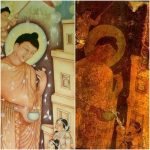


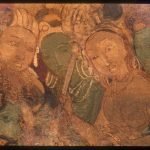

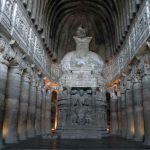


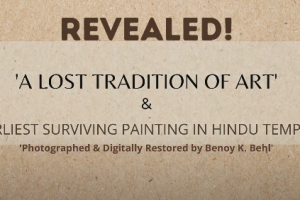
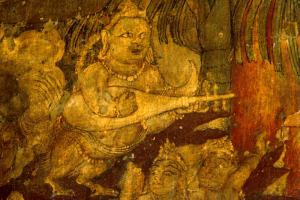
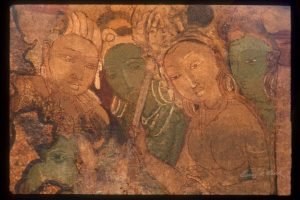



Add Comment